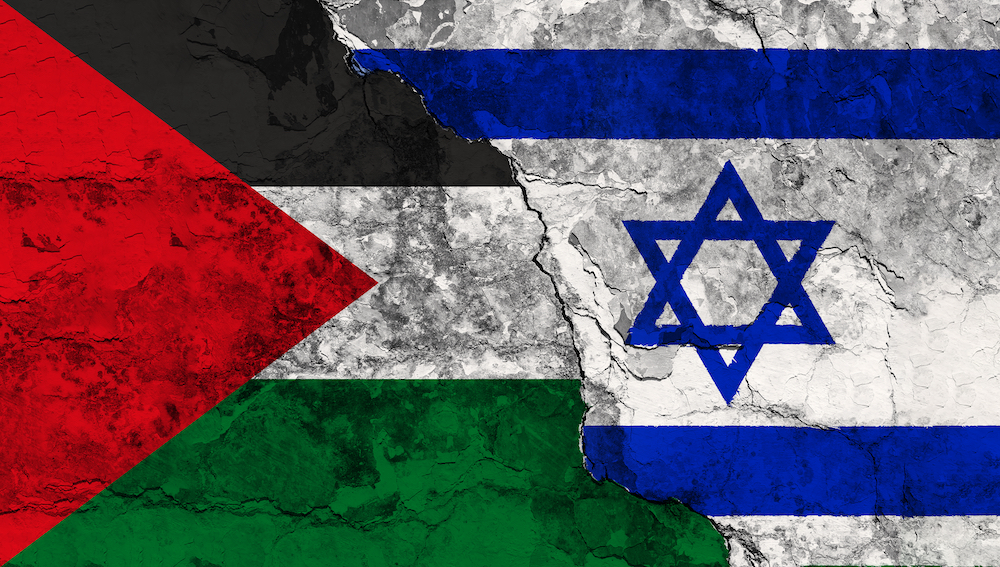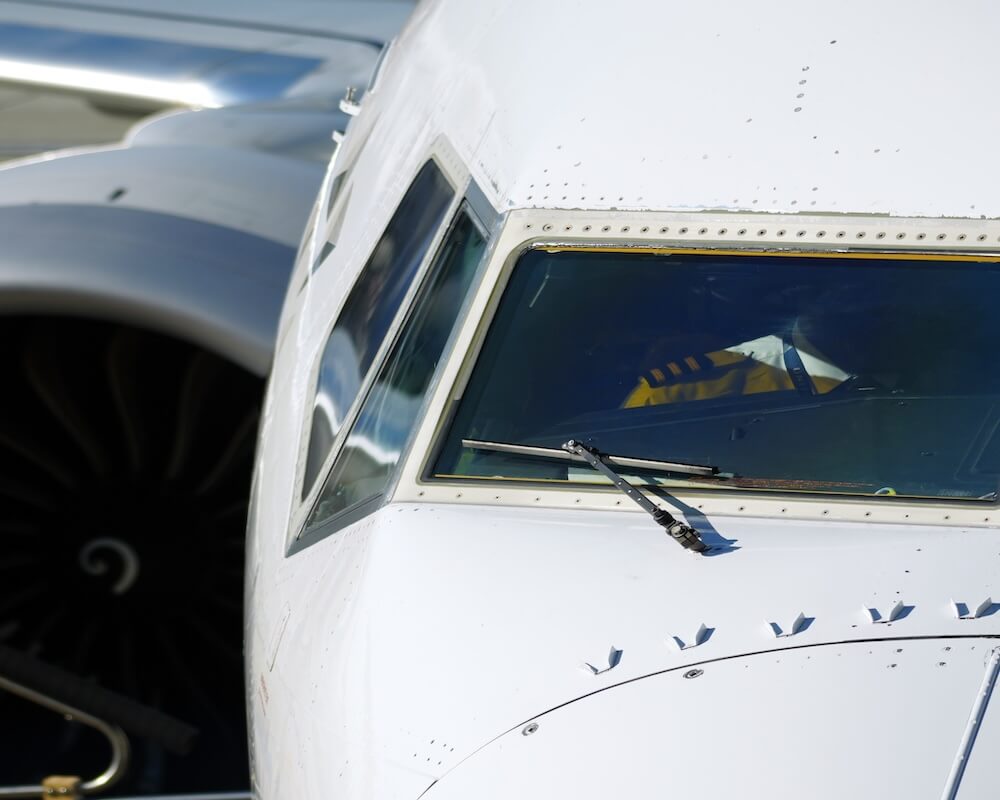
Posted November 01, 2023
By Jim Rickards
Lessons (Re)Learned
We saw what happened in the Hamas attack on Israel across the Gaza Strip. What’s coming next in this war? How far will the escalation go?
You’re well aware of the surprise attack by Islamic Hamas berserkers on Israeli civilians on Oct. 7. Hamas does not have an air force or armor, but they improvised an assault with mundane substitutes.
They used paragliders of a kind that can be found at almost any beach resort to fly over Israeli defenses. They used bulldozers to break down fences and walls that marked the border. Once the walls had been breached, Hamas troops flooded into Israel on motorcycles and pickup trucks. Some troops arrived by sea in Zodiac-style boats that are widely available.
In short, there was nothing high-tech or heavily armored in the assault. With some planning and resources, you probably could have executed a smaller-scale version yourself.
What have we learned from the war so far that is applicable to future guerilla and terrorist-type attacks?
This first lesson is that low-tech beats high-tech in many circumstances. We learned this lesson in the 9/11 attacks. The U.S. had missiles, radar, satellites and F-16s. Al-Qaida had box cutters and cheap hotels and took a few flying lessons.
Al-Qaida destroyed the Twin Towers, badly damaged the Pentagon and crashed four commercial jets while killing 3,000 people in New York, Virginia and Pennsylvania.
Lessons Learned (Again)
The lesson has been learned again as the result of the Oct. 7 attack on Israel. The IDF is supported by satellite surveillance, electronic surveillance, high-tech motion detectors and cameras, world-class intelligence sources, fighter jets, destroyers, submarines, armor brigades, drones and atomic weapons. Hamas had hang gliders, bulldozers, Zodiacs and motorcycles.
Hamas decisively won the first round of the war although they stand to suffer badly as the war continues. Low-tech warfare is highly effective. Opponents without sophisticated weaponry should never be taken for granted.
The other lesson is how Hamas maintained operational security during a planning stage that may have taken as long as two years. Again, low-tech or no-tech was the key. All Hamas planning sessions were face-to-face with no electronic links. No cellphones or computers were used. Messages were not texted; they were handwritten and delivered by motorcycle messengers. Orders were passed by word of mouth.
While the Israelis were conducting intelligence gathering with sensors, hacking and artificial intelligence, Hamas was communicating as if they were with Napoleon in 1803.
Incidentally, many top intelligence services have made similar transitions. The Russian SVR (successor to the KGB) uses typewriters, old Xerox-type copiers (not connected to the internet) and messengers to create and pass communications.
Since these techniques are non-digital, they cannot be hacked. Other old-school techniques such as the dead drop, brush pass and surveillance detection routes are now back in style.
With the re-emergence of non-digital communications techniques and the millions of illegal aliens who have entered the United States under Biden (including thousands of known and likely terrorists), the U.S. should not be surprised if a Hamas-type attack were to happen on U.S. soil.
We’ve been asking for it with an open border. Our enemies have mastered the low-tech methods. Such an attack is just a matter of time.
A Middle East Powder Keg
Now let’s zoom out a bit. What about the war’s economic impacts? The uncertainty of the war has been enough to put a floor under oil prices for now. But prices have not soared as some expected when the war began.
There are strong deflationary and disinflationary forces trying to push the oil price lower, including reduced gasoline consumption in the U.S. and the likelihood of a U.S. recession in the near future.
The downward pull of disinflation and the upward push from the war have been kept in balance and the price of oil has remained relatively steady. That will change radically if the war escalates.
Then oil prices of $120 per barrel or much higher are not out of the question.
Let’s look at the two most likely sources of escalation. The first source would be an attack on Israel from the north by Hezbollah. The Hezbollah forces are located in southern Lebanon along the border with Israel near the Golan Heights and the Sea of Galilee.
Hezbollah is really an Iranian proxy army in Lebanon. They are Shi’a Muslims who are co-religionists with Iranians. By contrast, Hamas are Sunni Muslims. Iran supports both Hamas and Hezbollah, but the support for Hezbollah is much greater financially, technologically and in terms of intelligence, banking links and telecommunications links.
Hezbollah has far more missiles and more sophisticated missiles than Hamas. If Hezbollah attacks, Israel will immediately be faced with a two-front war. No doubt the IDF have contemplated such a situation and are prepared to fight on two fronts.
But the division of forces inevitably either weakens the response to Hezbollah or prolongs the assault in Gaza and likely causes much higher casualties.
This brings us to the second source of escalation, which is Iran.
The Iranian X Factor
If Iran is the financial and military sponsor of Hezbollah and Hamas, and if Israel is attacked on two fronts, then the strategic pressure to attack Iran will be enormous. Israel’s goal would be to force Iran to call off Hezbollah. The result could be the opposite. Iran might double-down on its efforts and use an attack as a justification for a full-scale missile attack on Tel Aviv, Haifa and West Jerusalem. At that point, all bets are off.
If a missile war erupts between Iran and Israel, in addition to attacks from Hezbollah and Hamas, Israel will rightly view the threat as existential. At that point, it may be forced to use nuclear weapons on Iran as a way of ending the fighting. This would be the first use of nuclear weapons since the U.S. attacked Japan in August 1945.
Even if Israel limits its attacks on Iran to conventional weapons, it will no doubt be enough to cause Iran to close the Straits of Hormuz, interdicting oil shipments from Saudi Arabia, Kuwait and the UAE among others. At that point, oil prices will easily go to $200 per barrel or higher.
Western economies (including the U.S.) will immediately suffer a drastic recession worse than the 2020 pandemic crash and likely worse than the 2008 global financial crisis.
Preparation for Investors
This form of extreme escalation could have been prevented by strong leadership by the U.S. If the U.S. had not provoked the war in Ukraine, it would be possible to reach out to Russia in a way that would allow Russia and the U.S. to use diplomacy with Iran and Israel to avoid nuclear war or anything close to it.
Unfortunately, the U.S. has the weakest foreign policy team perhaps ever, beginning with a senile president and continuing through intellectual lightweights like Jake Sullivan and Tony Blinken and warmongers like Victoria Nuland.
We’ve burned our bridges with Russia over Ukraine and have no credibility left in the Middle East. The U.S. is practically a bystander due to weak leaders when it should be leading the efforts toward avoiding escalation.
A two-front war seems likely unless credible threats can be presented to Iran to cause them to restrain Hezbollah. If a two-front war begins, the risks of escalation to the point of Israeli use of nuclear weapons are substantial. The U.S. seems to have no role to play in mitigating either of these disasters.
Investors should put on their crash helmets and prepare for the worst.
This means reducing equity exposure (except for energy and defense stocks) and increasing allocations to cash, gold, silver and Treasury notes.
That portfolio will preserve wealth and could produce solid gains while the world waits to see how this calamity plays out.

How Others’ Incompetence Costs You Big-Time
Posted January 17, 2024
By Byron King

Turning Empty Cubicles Into Houses
Posted January 15, 2024
By Zach Scheidt

"Boring AI": Overlooked Opportunity From CES 2024
Posted January 12, 2024
By Zach Scheidt

5 Must-See Predictions
Posted January 10, 2024
By James Altucher

Welcome to Earth, the Mining Planet
Posted January 08, 2024
By Byron King
